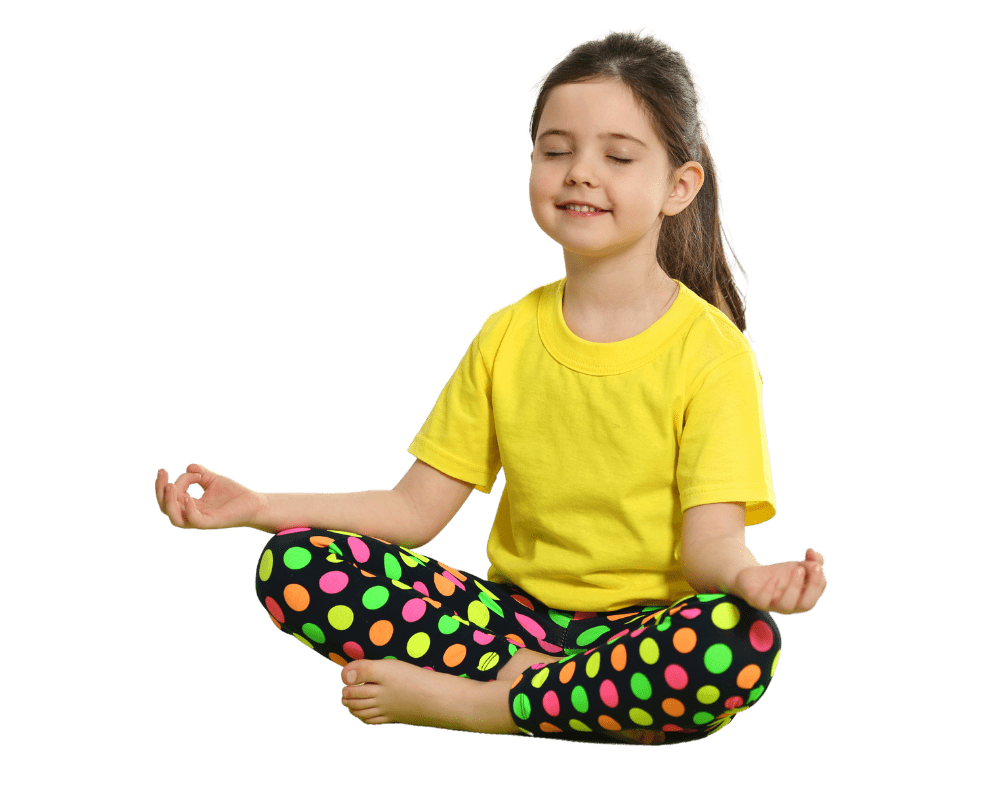What is the earth element?

Yes, sand is part of the earth element, which takes many forms. Before you talk about the qualities – patience, stability, heaviness, slow, dark – see if your yogis know what you mean when you mention the earth element. If they don’t know, you can give them an example: earth, like soil in the garden. What are some other forms of earth in nature? Mountains, sand on the beach, and rocks are some. You might mention briefly the other elements: water, air, fire (and some traditions consider space an element, while others include wood). I like to stick to a simple scheme of four elements. Give them an overview: what is water like? Flowing, wet? What is fire like? Hot, bright? What about earth?
I tend to think of earth as low and slow. I also think of it as solid (except when it is lava, but then lava might be considered a mixture of earth, water and fire. Then it becomes solid (here’s a moment where kids can learn that lava makes earth). This begs to be explored through an Earth Salutation!
Earth Salutation
Begin in CHILD’S pose, which we can refer to as SEED pose here to stick with the theme. Imagine you are a SEED waiting in the dark earth to sprout. Inhale, lift up your bottom and raise arms up toward the sky in SPROUT pose (Child’s pose reaching toward the ceiling). Exhale, slide hands forward and slither into COBRA; stay for an inhale, then exhale, roll over onto your back and bring knees to chest. Inhale, stretch out into TWIG pose (extend arms and legs long) and exhale, roll back over onto your mat. Inhale, SPHINX pose; exhale SEED. Inhale, sit up into FLOWER. Please feel free to modify to suit your little yogis.
If you want to keep it simple and just teach some poses that help yogis embody the earth element, 
Most young kids love quick movements, loud sounds, and big expressions, both vocal and physical. That’s why one aspect of the earth I find useful in teaching kids is to help them experience and practice slow movements. Props can be handy in these situations. For instance: kids stand in a circle, each one in GODDESS pose. Put on some slow music, or just have silence if that suits the group. One yogi starts with a yoga block or some other prop in both hands; slowly, they shift to one side (let’s say the left) and hand it to the person on their left. The prop progresses around the circle in this way. Make sure everyone keeps both feet firmly on the ground. This can also be done with a different standing pose, such as WARRIOR.
A more challenging form of this activity can be done lying on backs with legs up to the sky. For the earth theme, I call this posture ROOT pose, since there is much focus on engaging the core and stabilizing the upper body where it contacts the ground. Have the yogis arrange themselves in a circle with feet pointing toward the center of the circle. Then everyone extends legs up to the sky; these are our tree branches stretching up! Get a bean bag or something similarly soft and have them pass it in one direction around the circle using their feet. You can play music – think of one of our KAY favorites, Orange You Grateful. One of my favorite songs on the elements is The Earth, the Air, the Fire, the Water, Return. Whatever you do, remind your yogis to notice the parts of their bodies that are in contact with the earth. That’s the real felt experience of the earth element.
The Elements in Urban Settings
Yoga is so much about connection, and that’s why I think that using the idea of the elements can be a powerful tool: we are all connected by the elements of nature that comprise us. In nature, it is usually easier to sense and experience this, while in an urban setting, it takes some creativity to see those aspects of nature. If you teach in a city that has some nice parks, it might be lovely to offer a class in the park. If the beach is an option, the contact with the sand can be nice, as long as it’s not too windy. Other times, it makes more sense to bring relics of the earth element to the class: stones to hold during meditation, a small tub of sand for yogis to plunge their hands in. Make it your own! Go for walks and look around: what is solid, stable, heavy, slow, dark? Let the earth element bring an awareness to your yoga and your time off the mat and outside of the classroom.
Like what you read here? There’s so much MORE to explore and learn with Kidding Around Yoga. Check out our website for our live and online teacher trainings, Yoga Alliance-approved 95-hour RCYT trainings, specialty online courses, original music, merchandise, and beyond! KAY even offers a 6-hour workshop designed to teach school educators and homeschool families how to bring yoga and meditation right into their classrooms (EduKAY) and an online course specifically for families to incorporate these practices into their family’s routine (KAY in the Home)


